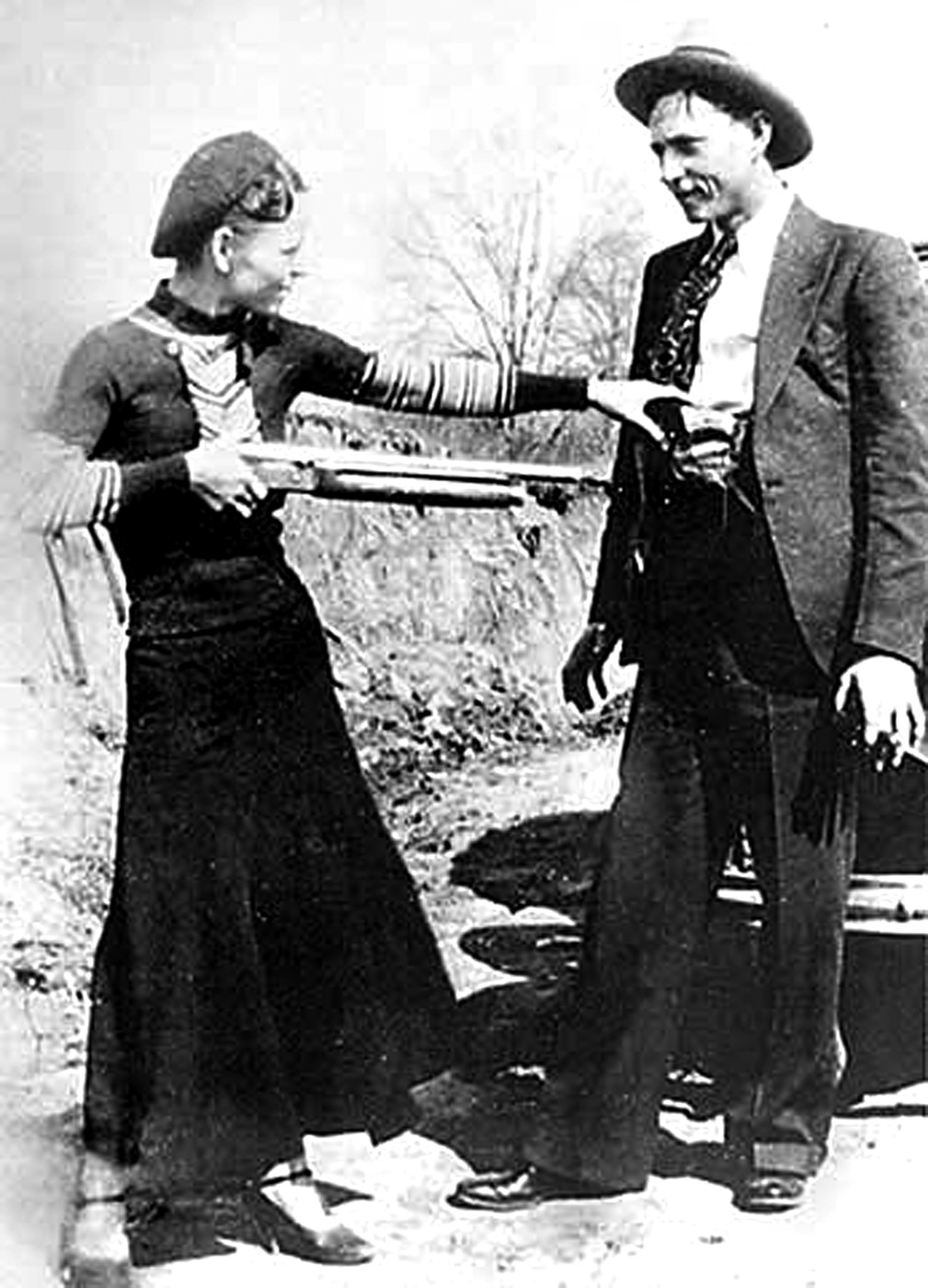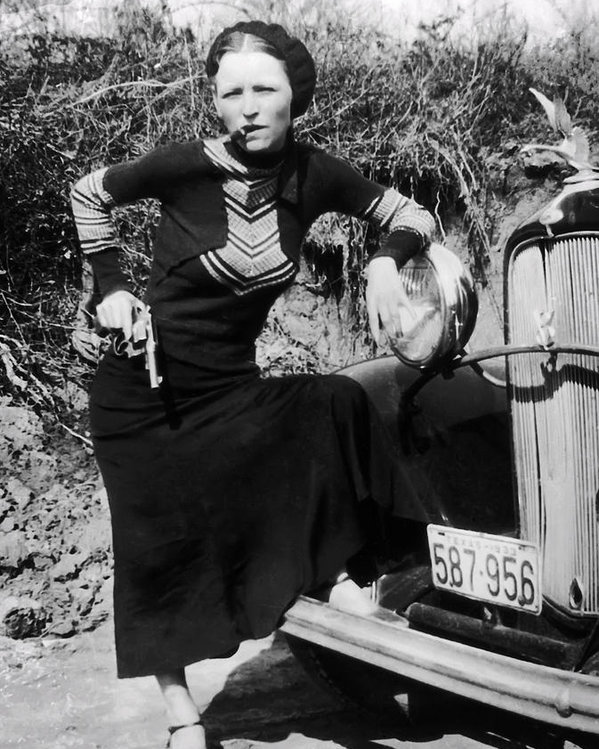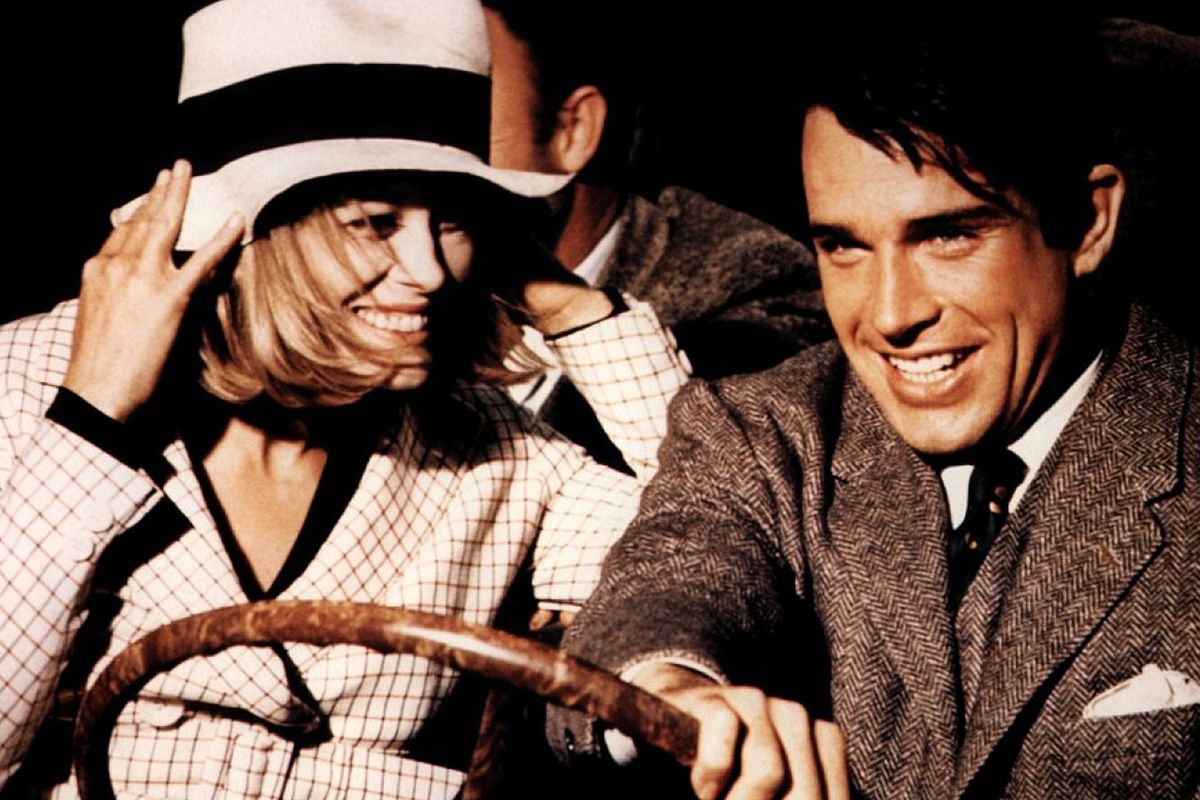Directed by Arthur Penn, written by David Newman and Robert Benton, and starring Faye Dunaway and Warren Beatty as the title characters of Bonnie Parker and Clyde Barrow, ‘Bonnie and Clyde’ (1967) is a movie that broke all cinematic bounds when it first came out. Considered to be one of the first films of the New Hollywood era, portraying sex and violence in an open yet receptive way, it became a landmark that pushed all other filmmakers to do the same.
After all, it has since been selected for preservation in the United States National Film Registry for being “culturally, historically, or aesthetically significant.” And with its ending, having been described by the New York Times as “one of the bloodiest death scenes in cinematic history,” there is no doubt that this historic movie remains a crucial part of motion pictures to this day. So, if you’re here curious to know how much of ‘Bonnie and Clyde’ is true, we’ve got you covered.
Is Bonnie and Clyde Based on a True Story?

Yes, ‘Bonnie and Clyde’ is based on a true story. However, there are some aspects of the movie that have been dramatized to such an extent that it swayed away from the reality of what transpired and created myths that remain prevalent to this day. The American duo, who traveled the nation with their gang during the Great Depression, became known for their bank robberies even though they usually preferred to steal from small stores or rural gas stations. And soon, with their exploits capturing wide-spread attention, they became enemies to the public, believed to have murdered at least nine police officers and four civilians.
Who Were Bonnie Parker and Clyde Barrow?
As the film first highlighted more than half a century ago, Bonnie Parker was a bored waitress in a small town in Texas back in the 1930s when she first found Clyde Barrow and fell in love with his nomad ways. Their ensuing relationship evolved into committing crimes together. But unlike how the film portrayed them as Robin Hoods, doing right by the society and robbing banks that blindsided poor farmers, their real motives, as we implied above, were much more self-serving. However, what Bonnie did or the exact role she played in each crime continues to be a matter of debate. No one actually knows how sinful she really was.

Although Bonnie has always been portrayed as a cigar-smoking and gun-wielding killer by news outlets because of a leaked picture, Nate Hendley, author of ‘Bonnie and Clyde: A Biography,’ has stated that those aspects were just props. Bonnie smoked cigarettes, and that’s it. Moreover, while no one can deny that she was actively present at the 100 or so felonies committed during the two years that she was with Clyde, there are some reports that claim that she didn’t ever harm anyone, preferring to just be an accomplice – reloading guns, acting as the getaway driver, or just generally helping in whatever way possible.
The strangest thing, though – a fact that still baffles us – is that it has never been officially confirmed whether Bonnie and Clyde were actually in a romantic relationship or not. As for ‘Bonnie and Clyde’s depiction of other characters, even some of that strayed far away from the truth, especially with Frank Hamer. In the movie, he was portrayed as a vengeful amateur who was once captured, humiliated, and released by the dynamic criminal duo. But, in fact, Frank Hamer was a well-respected Texas Ranger, who was coaxed out of semi-retirement to lead the probe that eventually led to the fall of Bonnie and Clyde.
Later on, according to Jeff Guinn’s 2009 book ‘Go Down Together: The True, Untold Story of Bonnie and Clyde,’ Frank’s widow and son even sued the movie producers for defamation of his character, for which they were awarded an out-of-court settlement. In the end, the one thing that remains undisputed is that Bonnie and Clyde, along with the Barrow Gang, took a lot of pictures, although they never willingly sent any of them to the press. Even Bonnie’s poems were just for her personal use. The one read aloud in the movie, apparently found in the duo’s car after their passing, was released to the public posthumously by Bonnie’s mother.
Read More: Is Catch Me if You Can a True Story?


You must be logged in to post a comment.